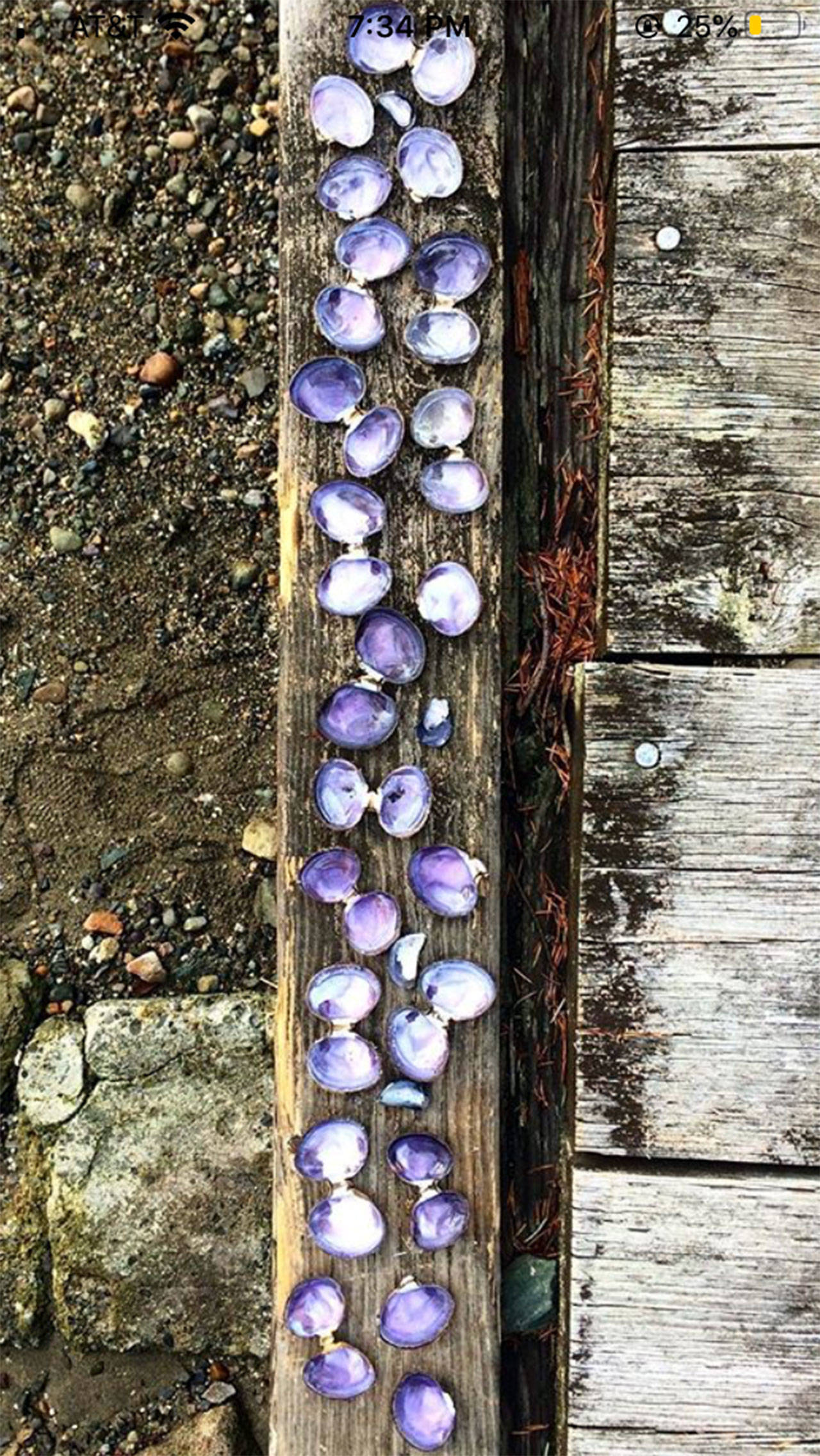Eating shellfish harvested from a wide swath of Whidbey Island beaches can have some nasty health effects, state officials are warning.
Because of high levels of marine biotoxins in the water, the state Department of Health closed shellfish harvesting on much of the west side of Whidbey, plus Deception Pass on the north end of the island and a small section of the east side. The closure extends from Fort Casey State Park to Ala Spit.
Affected species include clams, geoducks, oysters, mussels, scallops and other invertebrates like moon snails. Shrimp and crab are still open; however, crab should be cleaned and the butter (the yellow and white fat inside the crab’s back) should be discarded, according to the Department of Health.. Cooking the shellfish will not rid the meat of the toxin.
Naturally occurring kinds of microscopic algae, a type of phytoplankton, are found in the ocean in small amounts and normally don’t pose a threat to humans. They can be harmful when they rise to certain levels, sometimes called a “bloom,” similar to what happens in nearby lakes.
Although many people may think of the algae turning the water red during a “red tide,” the water can actually run clear in affected areas.
Information from the Department of Health explains that paralytic shellfish poison is sometimes linked to red tide and is harmful to humans, but the toxin may still be in the water even if it is clear.
Clams, oysters and mussels are all filter feeders and can harbor the toxin in their meat more than shrimp or crab.
Tainted shellfish can poison the humans who eat them, which is why the state closes those fisheries.
There is no antidote to marine biotoxins and people who eat the affected shellfish just have to wait for the toxins to “naturally flush from their body,” according to state officials.
People who have eaten tainted shellfish may feel tingling in their lips and tongue (which may progress to their fingers and toes, or lose control of their arms and legs), difficulty breathing, nausea or a sense of floating. The muscles used for breathing can also become paralyzed if a person has eaten enough poisoned shellfish, and death from the poison has happened in less than 30 minutes.
Shellfish that have been in water with marine biotoxins will also eventually flush out the toxins after the bloom lessens and become safe to eat but it can take several weeks.
There is no end date on the current shellfish advisory and harvesters are encouraged to check the Department of Health’s website before they grab a shovel.



